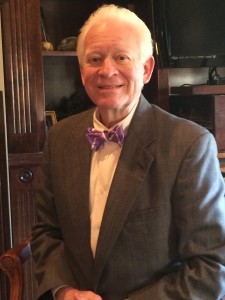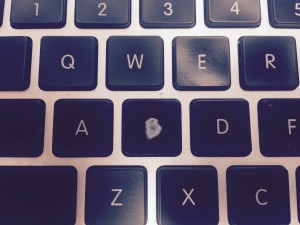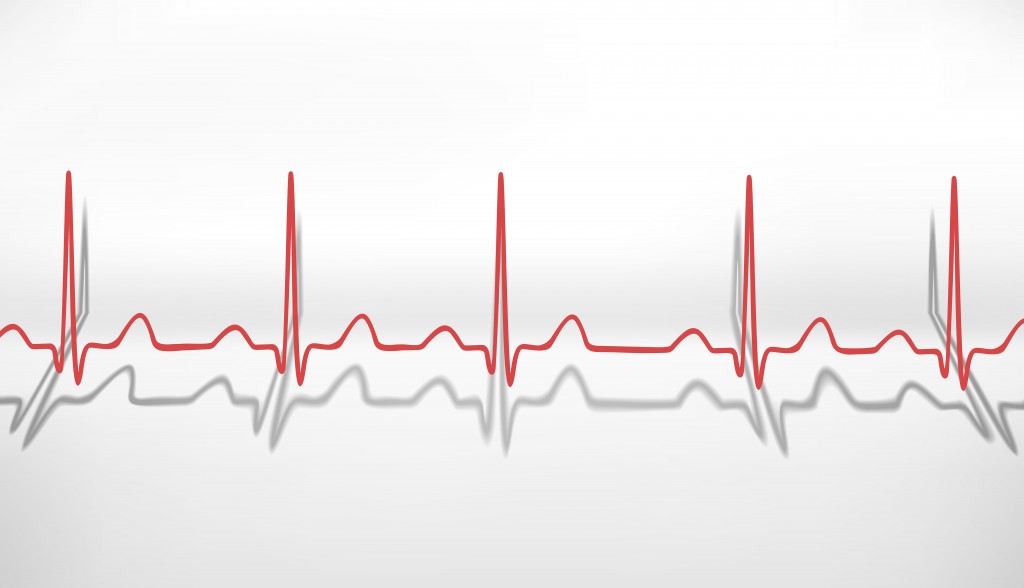In an effort to continue to drop digital insight (for my brothers and sisters in the kidney cancer club) about my methodical return from the pits of hell, there is more to report. All of it is good. We spent a nice, long doctor visit yesterday with Dr. Raj Alappan, my nephrologist. Strainer (for those who don’t know, my remaining kidney, which was named in an online contest on my blog) continues to improve. All my numbers relating to GFR, glomerular filtration rate; creatinine; blood pressure; A1C and all other issues with Strainer are either stable, improved or in the case of one important indicator, dramatically improved. Those visits with doctors to receive results from labs, scans or tests are full of tension that just takes a while to slough off.
Yesterday was a good day.
A little over a month ago, I mentioned that I intended to wean myself off the 20mg of Celexa I have been taking daily for almost six years. So it began — I took 10mg for two weeks and 5mg for two weeks and I was free of any daily dose six days ago. I can testify about newly-found clarity, sharpening senses, a greater enjoyment of my work and the ability to feel, without those feelings being filtered through a Celexa scrim.
The returning ability to take a full-frontal emotion head-on was tested today. I continue to get comments every day about my blog post “Sad Display of Bullying at Last Night’s MCSD Board Meeting.” During my conversation with every single one of these folks, I have asked them if they’ve ever been bullied. The ones who have, get a certain look in their eye. The become smaller. They still feel the sting of the encounter, even if it happened a long time ago. Even if it happened in 1958 in the bathroom of East Highlands Elementary School. I grew up on 20th Street, in East Highlands, until my maternal grandparents were both killed in a car crash near Chattsworth, Ga. My family moved into their home on Britt David Road, in front of the Columbus Metropolitan Airport, where my parents still live.
I will never forget the sound of that door being slammed open against the wall and how my kindergarten five-year-old self felt when I was confronted by a covey of sweaty sixth graders. They pushed me around. They threatened me. They frightened me. My recollection of the incident included somehow having my mom come to school to discuss what I had been through. She’ll likely weigh in on her remembrance, if that story was even worthy of being remembered. Telling the story now makes me sound like a little sniveling wimp but I won’t forget it as long as I have a memory.
An aside: Monday, September 14 at 6 p.m. will be the next regularly scheduled MCSD board meeting. That will be a great opportunity for you to go to a board meeting and show your support for our board, Superintendent Dr. David Lewis, his cabinet and all the educators and employees of our public school system.
Today at my Wednesday Rotary Club of Columbus meeting, the Muscogee Educational Excellence Foundation (MEEF) Teacher of the Year Sheryl Green was our speaker. Her well-written, emotional, powerfully delivered speech was one of the best Rotary speeches of my 18 years of Rotary. Most of the people at my table wiped up tears, as Sheryl talked about her Jordan High School misfit soccer team. Her stories were tear jerkers, full of the love of a great educator and broken, hard young students, many of whom didn’t hear the words, “I love you.” Ever.
Except when their coach look them in their eyes and told them just that. “I love you.” Some responded and others turned a deaf ear because they weren’t taught how to hear and accept those words.
I didn’t know what to do about myself with tears coming out of all four corners of my eyes. If you get the chance to hear or read Sheryl Green (she has a column every Wednesday in the Columbus Ledger-Enquirer), run toward her. She has a powerful story to tell and she is damn good at telling it.
Back at the office after Rotary, I took a look at my Facebook account and saw a request for prayers for Shannon Burgess, the daughter of a childhood friend of mine, Linda Parks Smith. Shannon is out at M. D. Anderson Cancer Center in Houston, Tex. in the fight of her life. I touched my keyboard and felt the tears flow for the second time today. I wanted Linda and Shannon to know that I was sending my love to them as only a survivor can experience and give. Something about talking to others in a cancer fight makes my memories rise up. I feel so connected to them and so many others who are in all the stages of cancer from recently-diagnosed to tough battle scarred cancer veterans. Sliding back into a conversation that dredged up some of the bad times was a deeply emotional experience for me today. Please remember Shannon and Linda and their families in your prayers. They need them right now.
The tears got next to me. Enough to wonder if I’m emotionally stable enough to do without the medicine. I suspect all cancer survivors are left with their own demons to deal with. Mine were a healthy depth from the surface, in light of the exceedingly tender subjects that I have been a part of seeing, hearing and experiencing today.
Today was a good day.


